A new era is about to begin in Lotus, but it means another one will have to end. The moment of change will come this year, with the already announced end of production for Elise, Exige and Evora and the arrival of Evija and the still-to-be-named Type 131. But before the end, there is still room to launch a special edition farewell, the Final Edition, for both Elise and Exige — Evora will be revealed later.
They are the oldest models of the brand. Despite the many evolutions and iterations received over the years, they are fundamentally the same models (they still use the same aluminum base) that we saw being launched 25 years ago, in the case of the Elise, and 21 years ago, in the case of the Exige.
Their respective Final Editions bring unique stylistic additions, additional equipment and… power boosts.
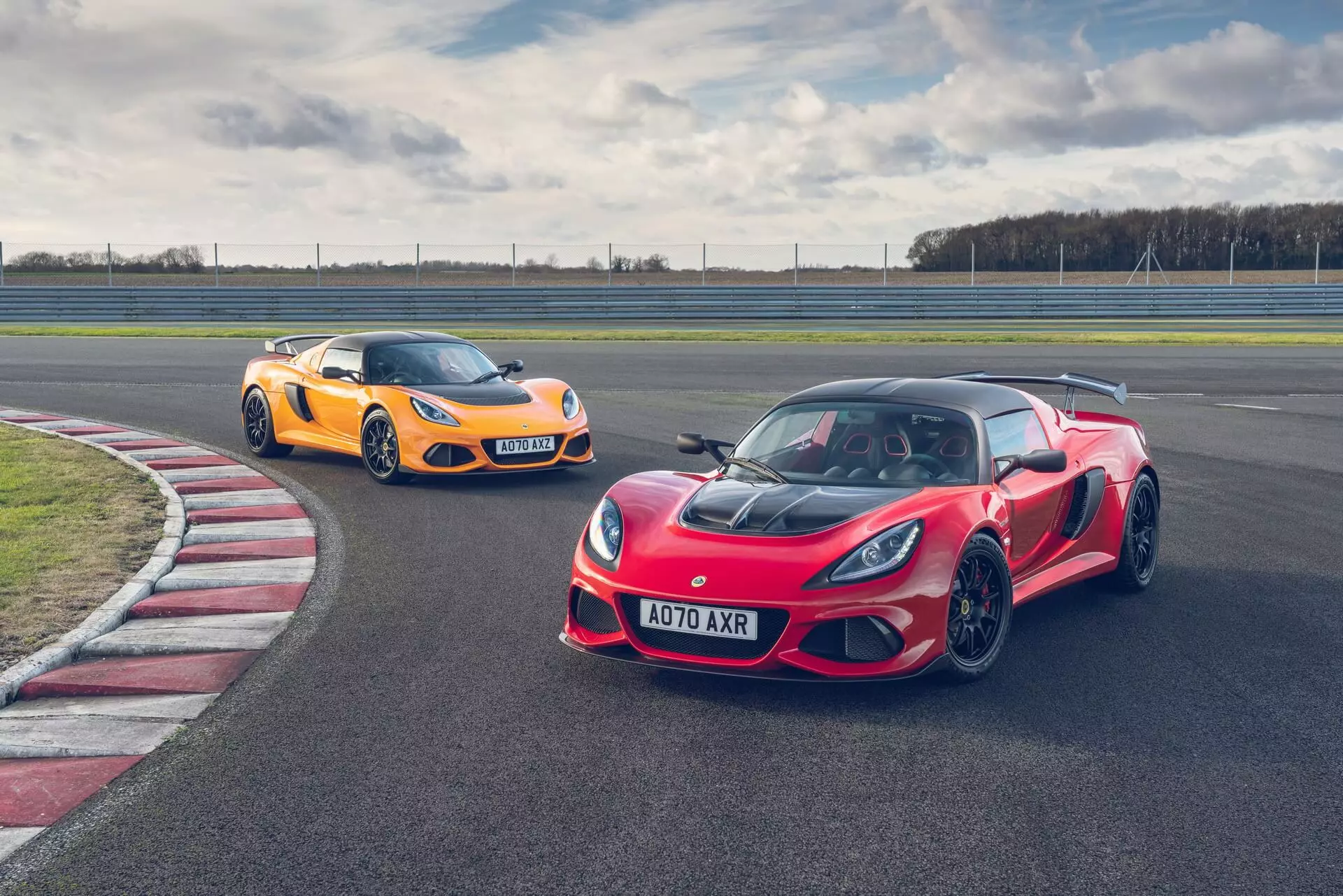
Lotus Elise Final Edition
Starting with the more compact Elise, there are two versions that end the quarter-century career of one of the most memorable sports cars ever: Elise Sport 240 Final Edition and Elise Cup 250 Final Edition.
Common to both is the presence of Toyota's 2ZZ engine, the 1.8 liter in-line four-cylinder block, supercharged via a compressor, that has powered the Elise for this century. Both also receive, for the first time, a digital instrument panel (TFT).
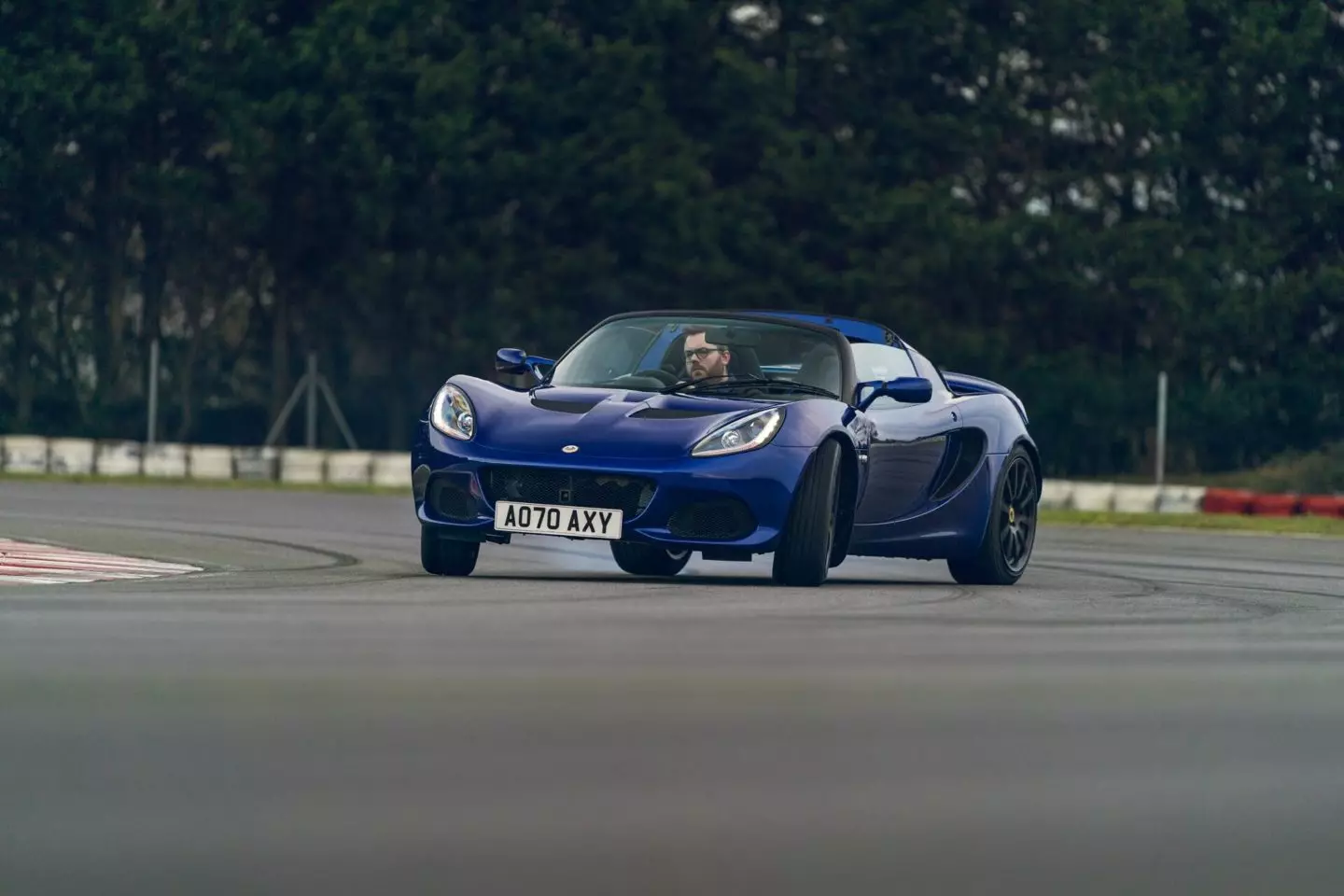
They also share a new flat-base steering wheel covered in leather and Alcantara, a small “Final Edition” plate and new unique coatings, as well as stitching, for the seats and interior. Finally, they come in unique colors, evoking the model's past, such as Azure Blue (the same color as the 1996 model), black from the brand's competition division, or the classic British Racing Green (green).
Subscribe to our newsletter
THE Lotus Elise Sport 240 Final Edition born from the Sport 220, but gains 23 hp, with power now set at 243 hp (and 244 Nm of torque). Combined with its low mass of 922 kg (DIN), it can reach 100 km/h in just 4.5s.
Contributing to its low mass we have exclusive 10-spoke forged wheels, which are 0.5 kg lighter than those of the Sport 220. If you opt for carbon fiber panels, the lithium-ion battery (which replaces the battery). series) and the rear window in polycarbonate, the 922 kg goes down to 898 kg.
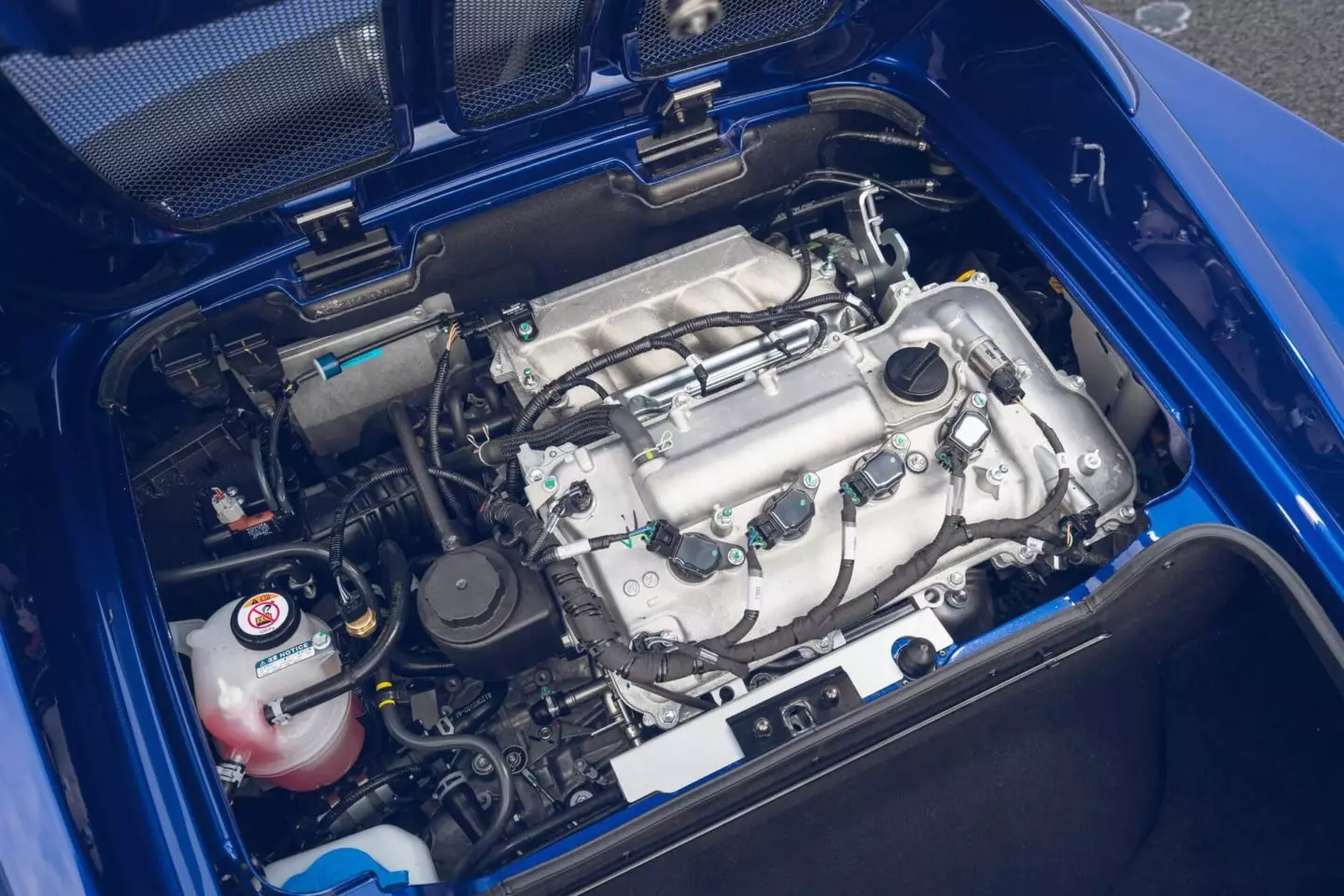
THE Lotus Elise Cup 250 Final Edition , the Elise for the "track-days", does not receive increases in power, but in downforce. The new aerodynamic package that equips it — front splitter, rear wing, rear diffuser, side extensions — allows it to be capable of producing 66 kg of downforce at 160 km/h and 155 kg at its top speed of 248 km/h.
It also gets new forged 10″ M Sport wheels, and comes as standard with Bilstein sports shock absorbers, adjustable stabilizer bars, a lithium-ion battery and a polycarbonate rear window. If we opt for the carbon fiber parts as in the Elise Sport 240 Final Edition, the final mass will be fixed at 931 kg (DIN).
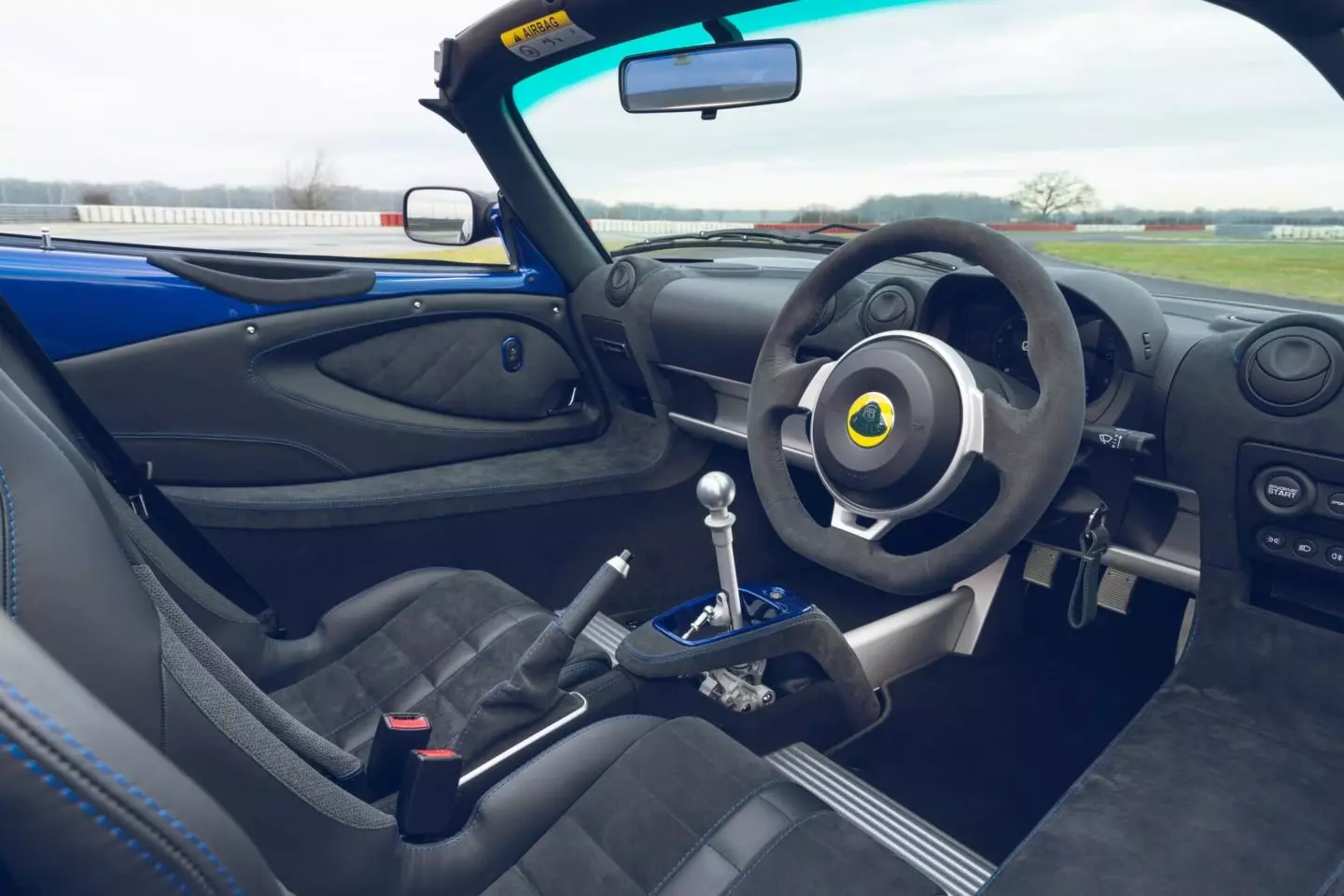
Lotus Requires Final Edition
The most extreme and powerful Exige sees its Final Edition multiply into three distinct versions: Exige Sport 390, Exige Sport 420 and Exige Cup 430.
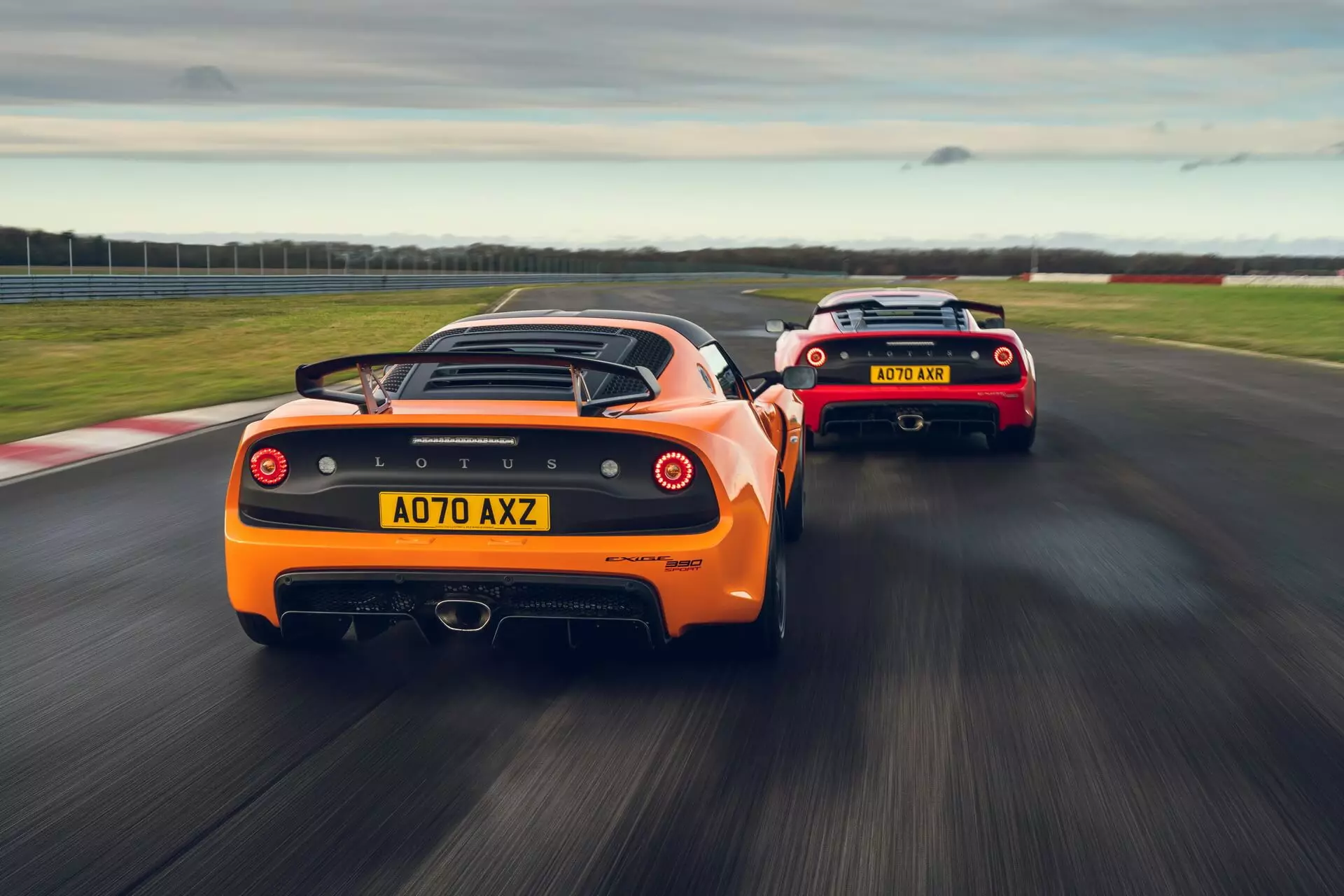
All of them remain faithful to the 3.5 V6, also supercharged via compressor, and also coming from Toyota. The same equipment mentioned in Elise is still common to all of them: unprecedented digital instrument panel (TFT), new steering wheel, seats with new coatings and the “Final Edition” plate. The exclusive colors also refer to the model's history: Metallic White (metallic white) and Metallic Orange (metallic orange).
THE Lotus Exige Sport 390 Final Edition takes the place of the Sport 350. We now have 402 hp of power (and 420 Nm of torque), 47 hp more than before. At just 1138 kg (DIN) it reaches 100 km/h in just 3.7s and reaches 277 km/h of top speed. It is also capable of generating a maximum of 115 kg of downforce at its full speed.
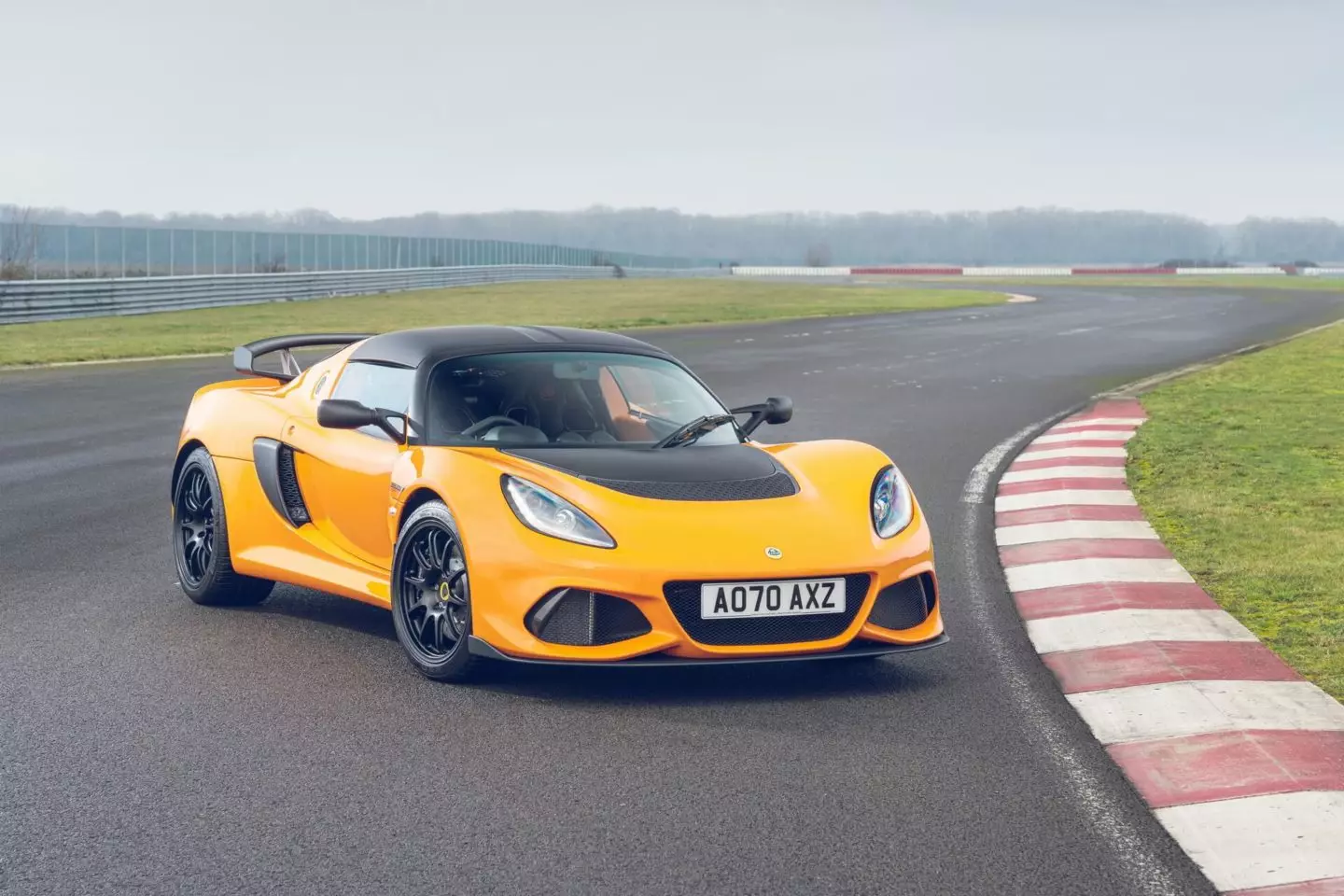
Lotus Exige Sport 390 Final Edition
THE Lotus Exige Sport 420 Final Edition adds 10 hp to the Sport 410, totaling 426 hp (and 427 Nm of torque). It is the fastest of the Exige, capable of reaching 290 km/h and reaching 0-100 km/h in just 3.4s. It is even slightly lighter than the Sport 390, weighing just 1110 kg (DIN).
It comes equipped with adjustable stabilizer bars from Eibach and three-way adjustable shock absorbers from Nitron. The brakes were also upgraded, coming from AP Racing with four-piston forged calipers and two-piece J-hook discs.
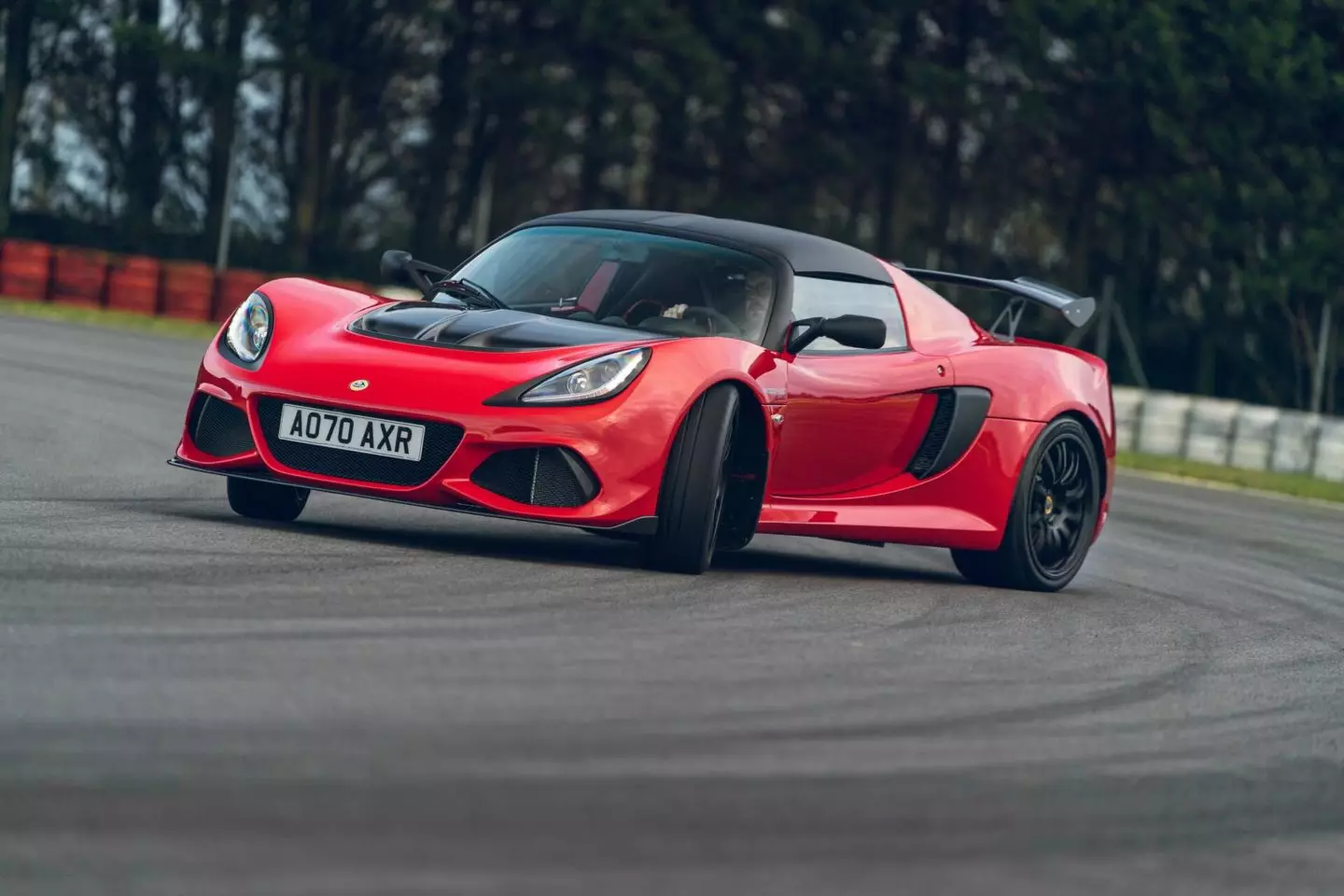
Lotus Exige Sport 420 Final Edition
Finally, the Lotus Demand Cup 430 Final Edition is the version focused on circuits. It maintains the same power and torque as the Cup 430 (436 hp and 440 Nm) we already knew, but stands out for its aerodynamic package: 171 kg of downforce, being able to generate as much downforce at 160 km/h as the Exige Sport 390 generates at 277 km/h (its maximum speed). It charges 1110 kg (DIN), 3.3s are enough to reach 100 km/h and the maximum speed is fixed at 280 km/h.
Carbon fiber (of the same specification used in competition) can be found in the front splitter, front access panel, roof, diffuser frame, enlarged air intake niches, in the rear wing and also in the rear hood. The steering comes with revised geometry, and the chassis integrates the same adjustable components as the Exige Sport 420, as well as the braking system. The circuit driving experience is further enriched with a unique soundtrack, courtesy of the titanium exhaust system.
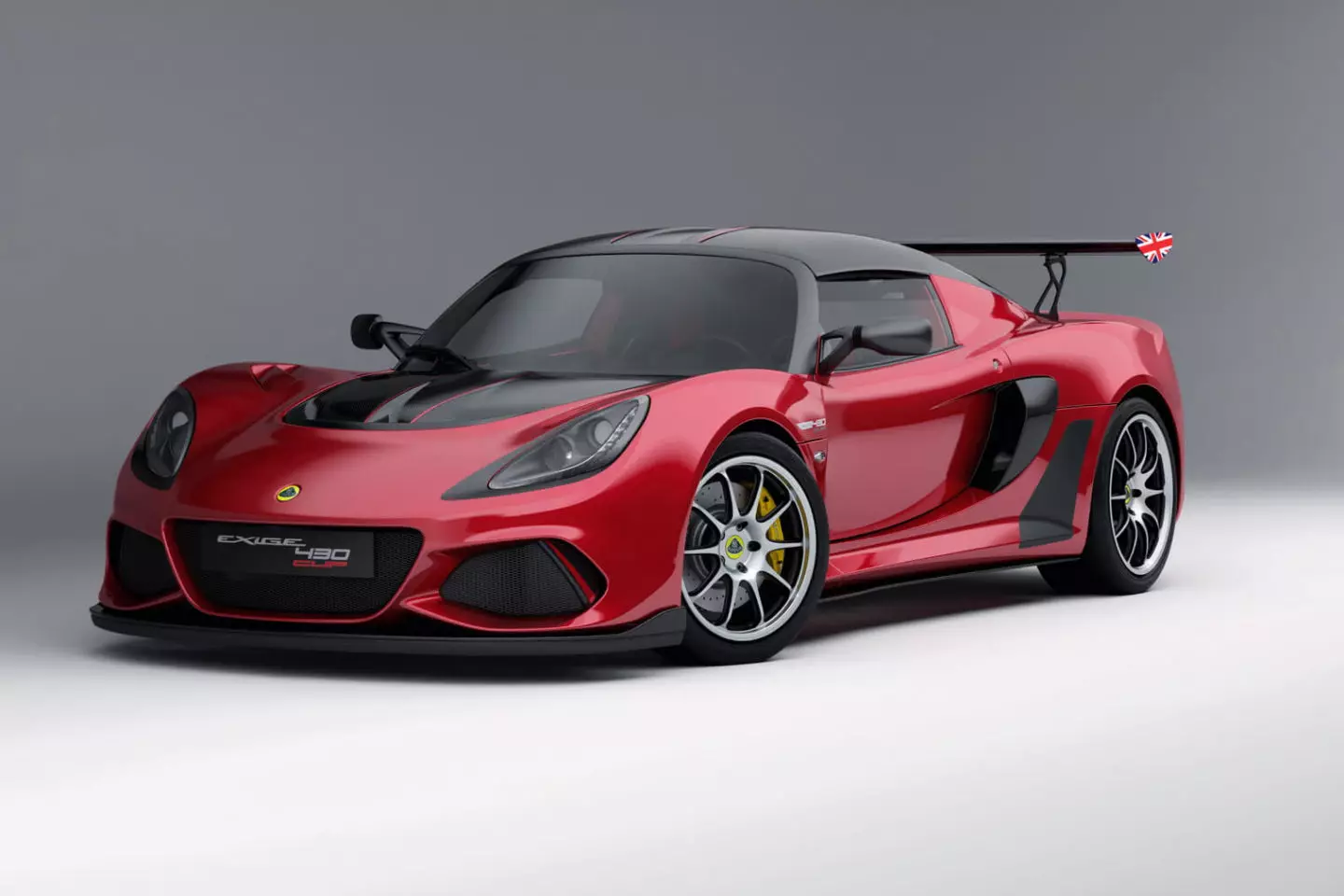
Lotus Demand Cup 430 Final Edition
When they definitively finish production, the combined sales of the Elise, Exige and Evora will total around 55,000 units. It doesn't sound like much, but it accounts for more than half of Lotus' total road model sales since it was founded in 1948.
